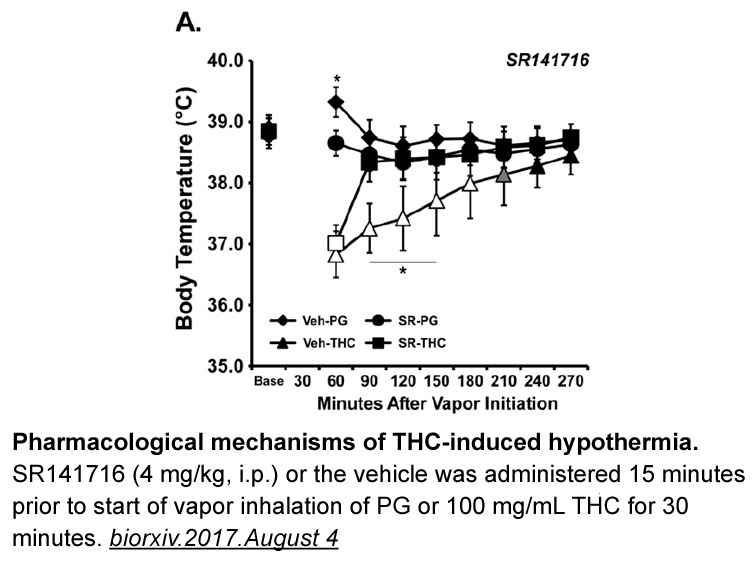Archives
The model is rich enough
The model is rich enough to be applied to the development of behavior, individual differences in behavior, changes in structural properties of processing systems, and data on heritability, but of course, it is highly simplified. The current model had the following limitations. First, the objective was a qualitative fit to the data. For example, the heritability of ability in the genetic-wide environment-narrow population was quantitatively higher than that usually observed for general cognitive ability (though appropriate for Autophagy Compound Library domain from which the model was drawn). It remains to be seen whether the findings replicate when heritability values are quantitatively calibrated to the empirical data, by adjusting ranges of variation. Second, in many respects, the neural plausibility of the ANN is rudimentary, particularly in the mapping of structural measures to brain data. For example, the growth phase of the neural networks was not simulated, just the outcome of this process. To account for the growth phases of the Shaw et al. (2006) data, one would need to assume that larger networks are the outcome of faster and more prolonged growth and therefore rates of cortical thickening. The structural measures of the ANNs at the current level of simplification can at best offer candidate mechanisms that may contribute to observed changes in actual brains. Third, the model only simulated a single system. This means it cannot speak to the empirical data indicating region-specific brain changes and differences in timing of thinning/thickening effects (e.g., Shaw et al., 2008). Moreover, general cognitive ability is often viewed as a property of multiple systems working together, or at least, the shared variability of the performance of multiple systems, and this is beyond the scope of a single-system model. Fourth, an implemented model only demonstrates the viability of theoretical proposals, not their truth. For example, even though the model demonstrated that an increase in heritability over age can be produced without an emerging gene-environment correlation, such a correlation may nevertheless be part or all of the explanation of why it occurs for human general cognitive ability (though, per Brant and colleagues’ argument, one would then need to find a plausible explanation of why the correlation emerges later in higher ability individuals). Finally, it is worth pointing out that although the empirical observations made by Brant et al. (2013) stem from a large study, they still require replication in other samples and populations to be viewed as completely robust, and to shed light on the sampling and measurement factors that influence the timing of observed increases in heritability.
Conclusion
Acknowledgements
This research was supported by MRC Career Establishment Grant G0300188, ESRC grant RES-062-23-2721, a Leverhulme Study Abroad Fellowship held at the University of Chicago, and a joint grant from the Wellcome Trust and the Education Endowment Foundation to the University of London Centre for Educational Neuroscience.
Introduction
The human visual system not only detects physical structures in the environment but also their causal and social structures derived from motion information. When observing displays with simple geometrical shapes engaged in a variety of interactions such as fighting, dancing and chasing, adult observers consistently describe seeing animate, interacting entities with distinct goals and intentions (Heider and Simmel, 1944; for review, see Scholl and Tremoulet, 2000). This extraordinary ability of the visual system to derive such socially-rich information from relatively simple visual input reveals the primary and interdependent link between perception and social cognition in adulthood (Schultz et al., 2004). The fact that the discrimination of interacting and randomly moving objects takes place already at 3-months (Rochat et al., 1997), provides evidence that social categorization plays a fundamental role in how humans perceive their environment. However, to date no study has provided direct evidence that infants’ social networks are being involved when observing interactions such as chasing, and the question whether social categorization through motion is present already early in infancy remains unanswered.
interacting and randomly moving objects takes place already at 3-months (Rochat et al., 1997), provides evidence that social categorization plays a fundamental role in how humans perceive their environment. However, to date no study has provided direct evidence that infants’ social networks are being involved when observing interactions such as chasing, and the question whether social categorization through motion is present already early in infancy remains unanswered.